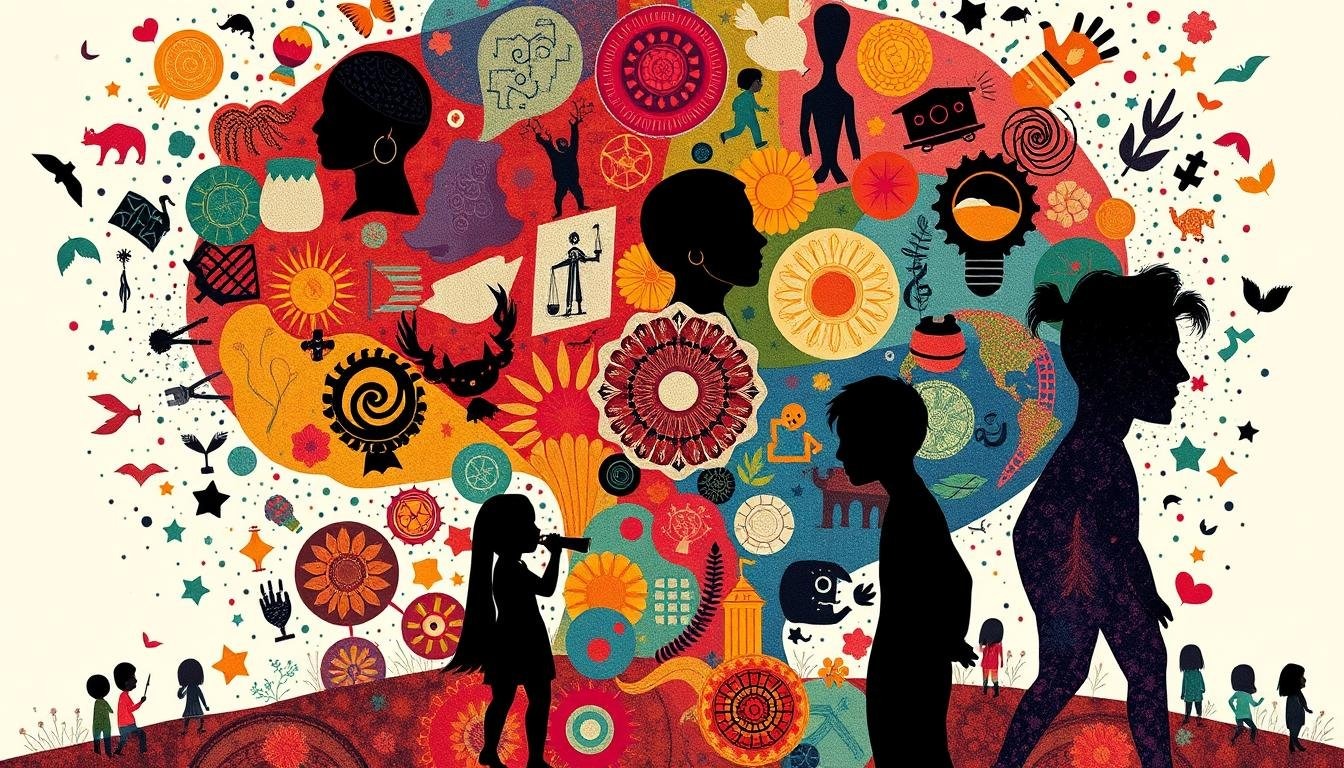Assimilasjon: Understanding the Process of Cultural Adaptation
In an increasingly globalized world, the concept of assimilasjon has gained prominence as societies become more culturally diverse. At its core, assimilasjon refers to the process through which individuals or groups adopt the language, customs, and values of a dominant culture, often replacing their original cultural identity. While this process can be voluntary, many instances throughout history have shown that it can also be forced, leaving profound effects on social integration and psychological well-being.
Understanding assimilasjon is essential for comprehending the dynamics of multicultural societies, the challenges of immigration, and the balance between cultural preservation and adaptation. From ancient empires to modern urban centers, this phenomenon has shaped human history and continues to influence contemporary societies.
What Does Assimilasjon Mean?
The term assimilasjon comes from the Latin word assimilare, meaning “to make similar.” In sociological terms, it describes the process by which minority groups adopt the dominant culture’s practices, values, and identity markers.
Voluntary assimilation occurs when individuals choose to adapt to gain social, economic, or educational benefits.
Forced assimilation happens under political or societal pressure, often leading to the loss of language, customs, or religious practices.
Assimilasjon differs from acculturation, which involves a two-way exchange of cultural traits, and integration, which allows individuals to maintain aspects of their original culture while participating fully in the dominant society.
Historical Context of Assimilasjon
Assimilasjon is not a modern phenomenon; it has roots stretching back centuries:
Ancient Civilizations: The Roman Empire assimilated conquered peoples, spreading Latin, legal systems, and cultural norms.
Colonial Era: European powers often enforced assimilation on indigenous populations, suppressing native languages, customs, and religions.
Immigration in Modern Nations: Countries like the United States promoted assimilation through English language education and the “melting pot” ideology, encouraging newcomers to adopt common national values.
Through history, assimilasjon has been used both as a tool for social cohesion and as a means of cultural control.
Types of Assimilasjon
Assimilation manifests in several forms, each affecting different aspects of an individual’s life:
1. Cultural Assimilation – Adopting the dominant language, clothing, food habits, and social customs.
2. Structural Assimilation – Integrating into institutions like schools, workplaces, and government organizations.
3. Identificational Assimilation – Changing self-perception to align with the dominant culture, often over multiple generations.
4. Marital Assimilation – Intermarriage that blends cultural practices and identities.
5. Religious and Social Assimilation – Adopting the faith, norms, and community practices of the majority group.
Each type occurs at different rates. Structural integration may happen quickly due to necessity, whereas deep identity shifts may take generations.
Factors Influencing Assimilation
Several factors determine how quickly and effectively individuals assimilate:
Language Acquisition: Mastering the dominant language is critical for social, economic, and educational participation.
Education Systems: Schools act as primary agents of cultural transmission, shaping norms and values.
Economic Pressure: Employment needs often accelerate adaptation to mainstream practices.
Social Acceptance: Communities that welcome diversity encourage smoother assimilation, while discrimination can force rapid cultural abandonment.
Media and Technology: Exposure to dominant culture through television, social media, and digital platforms influences adaptation while also offering ways to preserve heritage.
The Psychology of Assimilasjon
Psychological Adaptation: Refers to an individual’s emotional well-being during cultural transitions.
Socio-cultural Adaptation: Refers to the ability to navigate social norms and institutions successfully.
Challenges: Culture shock, identity crises, and acculturative stress can affect mental health, leading to anxiety or depression.
Assimilasjon vs. Integration / Multiculturalism
Assimilasjon emphasizes conformity to a unified culture, whereas integration allows individuals to maintain cultural roots while participating fully in society. Multiculturalism promotes coexistence, diversity, and respect for differences.
Assimilation: May create social cohesion but risks cultural erasure and identity loss.
Integration: Supports dual identities, cultural preservation, and social participation.
Countries are increasingly embracing integration models over forced assimilation to build inclusive, harmonious societies.
Modern-Day Examples
Europe: Immigrants from Africa, the Middle East, and Asia navigate pressures to adopt language and customs while maintaining cultural identity.
United States: Hispanic communities balance Spanish traditions with American cultural norms.
Indigenous Populations: Efforts worldwide continue to resist forced assimilation and revive native languages and customs.
Workplaces and Schools: Institutions increasingly emphasize inclusivity, allowing minority groups to adapt without losing heritage.
Benefits of Assimilasjon
When managed appropriately, assimilation can provide tangible benefits:
Social Cohesion: Shared norms reduce conflict and create a sense of belonging.
Economic Opportunities: Learning the dominant language and customs opens employment and educational pathways.
Political Participation: Facilitates civic engagement, voting, and governance.
Cultural Exchange: Promotes hybrid identities and enriches communities.
Challenges and Criticisms
Assimilasjon is not without drawbacks:
- Loss of native language and cultural practices
- Identity conflicts and mental health stress
- Persistent discrimination despite adaptation
- Generational tensions between older and younger family members
Balancing assimilation with cultural preservation remains a critical challenge.
Assimilasjon in Education and the Workplace
Schools and workplaces play pivotal roles:
Education: Students adapt to dominant languages, curricula, and cultural expectations, sometimes at the cost of heritage languages.
Workplace: Companies adopt inclusivity programs, encouraging adaptation without forcing cultural loss.
The Future of Assimilasjon
Globalization and technology are reshaping assimilation:
- Hybrid identities are becoming common, blending multiple cultural influences.
- Integration models gain prominence, prioritizing diversity and inclusion over cultural uniformity.
- Governments are shifting policies to preserve minority cultures while promoting social cohesion.
Future cultural adaptation is likely to focus on balance—participating fully in society while preserving cultural roots.
Conclusion
Assimilasjon is a complex, multifaceted process that shapes societies and individual identities. While it can enhance social cohesion and economic opportunities, it also poses challenges to cultural identity and psychological well-being. By promoting integration over forced assimilation, societies can build inclusive environments that respect diversity while fostering unity.
Assimilasjon is not just a historical or sociological concept—it is a lived reality for millions worldwide, influencing how communities, families, and individuals navigate the balance between heritage and adaptation.






